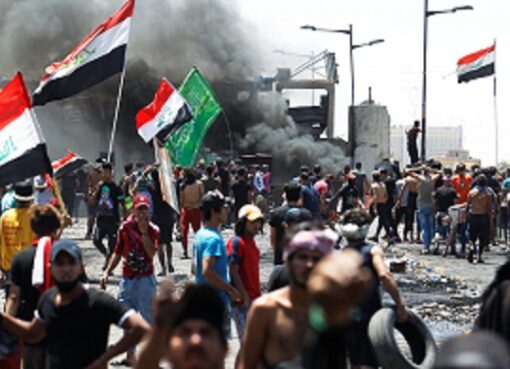
- Introduction[1]
Present-day division of Iraq into, more or less, three seemingly separate parts (Kurdistan plus Kirkuk, Baghdad-to-Basra, and the ‘Upper Middle’; Nenawa, Salahuldin, Diala, and Anbar) hides long-enduring economic/financial interdependence. The financial interdependence shows in the fact that oil-producing governorates have been increasingly ‘financing’ (through the central budget) the deficit between spending and locally generated income of all other governorates. Accordingly, regional spending (consumption and investment) is hardly related to locally generated income. Furthermore, observed regional distribution of per capita consumption, a major component of spending, is quite unequal. In particular, Kurdistan enjoys the highest level; well above the national average. At the other end, most southern (including oil producing) and some Upper Middle governorates are below the average
[1] A corrected version; originally published in Jawad, S, Al-Shimmary, K, eds. (2016) Tuesday Talks [Ahadeeth Al-Thulatha], Al-Thakira for Publishing and Distribution.
To continue reading please download the wohle document as PDF. Click on the following link
Merza_Iraq_Regional_Disparities_ Incomes_ Spending_2016








[…] Disparities in Regional Incomes and Spending: Spatial economic interdependence in Iraq. By Ali Merza […]